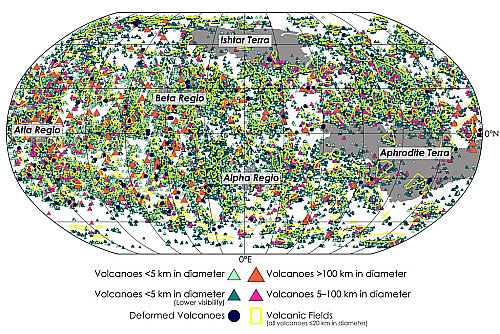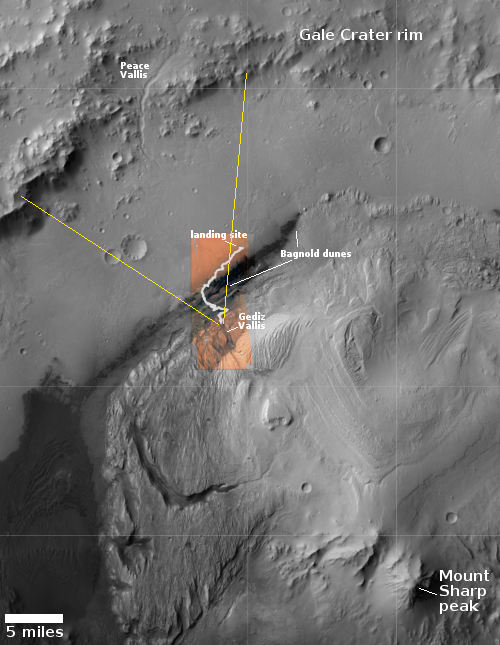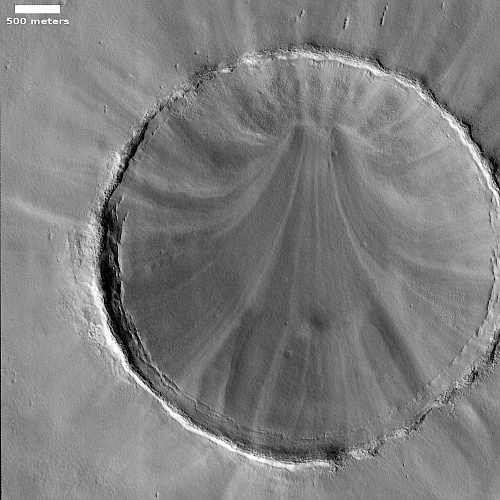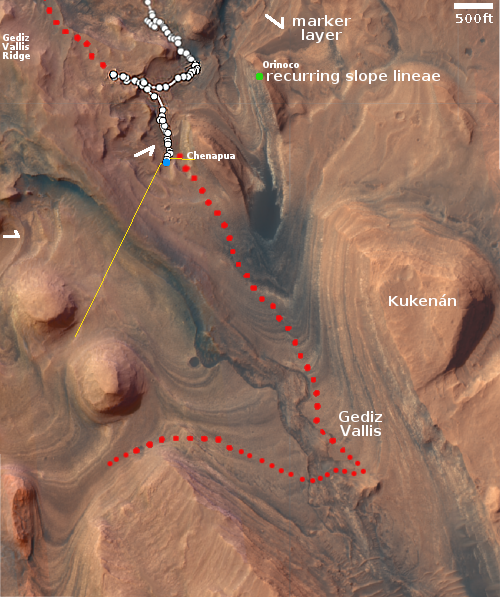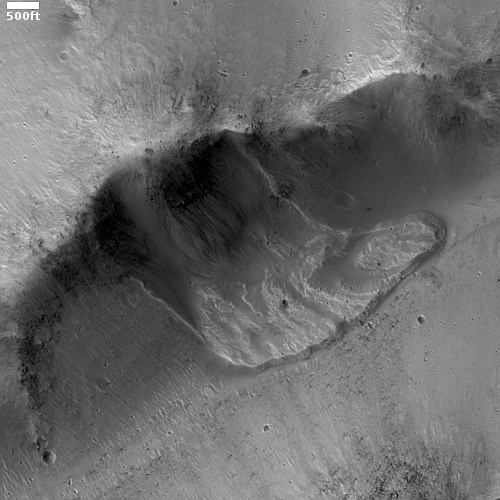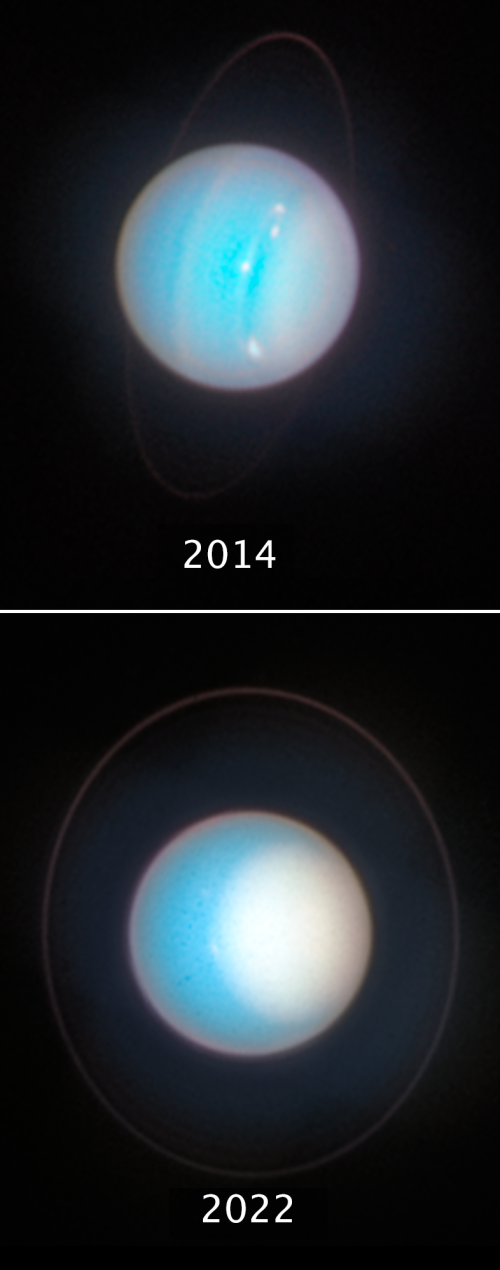NASA yesterday announced that it has named two individuals, based on their race and gender, to lead the agency’s effort to promote the Marxist and racist Diversity, Equity, and Inclusion (DEI) movement.
NASA Administrator Bill Nelson announced Monday he is taking additional steps forward to advance diversity, equity, inclusion, and accessibility (DEIA) at the agency. Nelson named Steve Shih to serve in a new position as the agency’s first Diversity Ambassador and selected Elaine Ho as the next associate administrator for the Office of Diversity and Equal Opportunity at NASA Headquarters in Washington, effective immediately.
…As diversity ambassador, Shih will further NASA’s DEIA initiatives by building key strategic alliances with external partners, enabling NASA to continue being a model agency and leader for DEIA. In this role, Shih will engage NASA’s partners – including across the government, private sector, academia, and non-governmental organizations – to learn and promote best practices for NASA to recruit, hire, engage, and retain the most talented individuals from all backgrounds and life experiences. With his experience leading the Office of Diversity and Equal Opportunity since 2017, Shih will build on his three decades of federal expertise and help NASA continue to enable everyone to contribute inclusively to NASA and to the United States.
As Shih transitions to the role of diversity ambassador, Ho will bring extensive DEIA expertise to the Office of Diversity and Equal Opportunity. She most recently has served as the deputy associate administrator for NASA’s Office of STEM Engagement, leading a wide-ranging portfolio of projects benefiting students, universities, and educational institutions across the country to inspire, engage, and educate the Artemis Generation.
To further prove NASA’s commitment to favor some races over others, the agency also announced yesterday that it is committing $3 million to support “seven Historically Black Colleges and Universities (HBCUs) and one Predominantly Black Institution (PBI).”
Note the focus on race, not achievement. While it is nice to help the disadvantaged, these programs are not really aimed at that goal. Instead, this entire DEI movement is designed to give power to specific races, to the detriment of others. Or to put it more bluntly, it is a race-based apartheid system that encourages race hatred and resentment.
It is also probably illegal, based on the Civil Rights Act of 1964. Of course, the law is now irrelevant when it comes to the new racism. Supporters of DEI are allowed to break it whenever they want, because clearly they are superior to all others and have that right.
Finally, this stuff has absolutely nothing to do with NASA’s fundamental purpose, which is to help American industry more successfully explore space. It is instead a return to the Obama administration’s policy of making NASA’s most important priority that of helping minorities. Then it was Muslims, now it is the alphabet soup of LBGQTBIPOCZXYZ (and so on).



